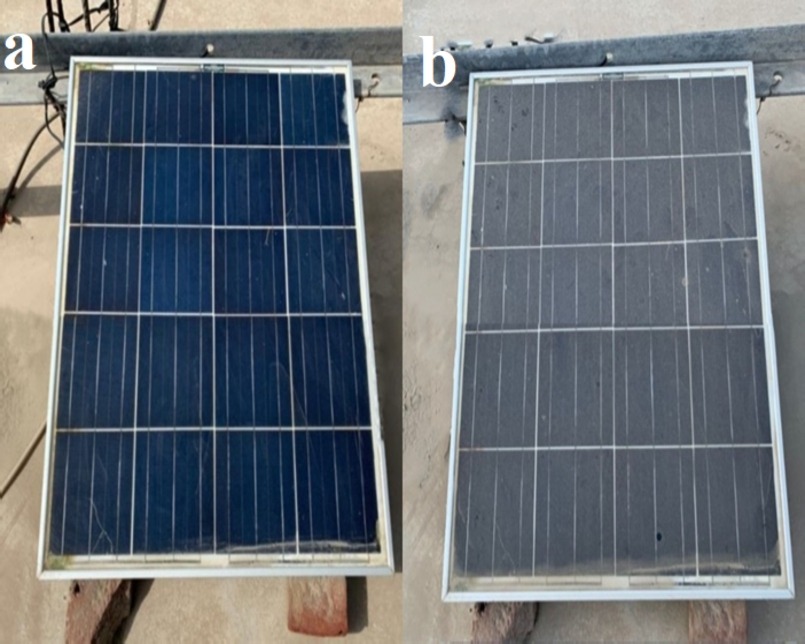International researchers have investigated the impact of dust accumulation on the performance of PV systems in two climate regions of Pakistan. They quantified the precise amount of dust density on the panels and analyzed the composition and particle size.
The scientists created one setup on the rooftop of a building in the Pakistani capital, Islamabad, and another one in the southern city of Bahawalpur.
“Islamabad’s climate is clean, pleasant and warm with an average annual temperature of 20.3 C. Even the driest month contains much rainfall, which contributes to cleaning PV modules,” they said. “Bahawalpur is located in a desert region with a dry climate with virtually no rainfall but with frequent wind and dust storms with an average annual temperature of 26.1 C.”
The setups consisted of 40 W polycrystalline modules and reference panels that were kept constantly clean. All modules were mounted on south-facing metal stands with fixed tilt angles of 34 degrees.
The research group collected global solar radiation data as well as the voltage and current of each module. They adjusted glass sheets to the PV modules to collect dust and analyze its properties.
“After six weeks of atmospheric exposure, dusty modules displayed significantly smaller efficiency as a function of different dust densities in the two regions,” they noted.
The total dust accumulated in Islamabad was 6.388 g/m2, with a daily average of 0.152 g/m2. In Bahawalpur, total dust accumulation was 10.254 g/m2 and the daily average was 0.244 g/m2. Scanning electron microscopy (SEM) showed that in both cities the particles had distinct sizes, unsymmetrical shapes, and uneven arrangement.
“In the dust sample collected from Islamabad, carbon dominates with 55.8% composition followed by oxygen, silicon and calcium with 22.71%, 9.78% and 3.85% composition respectively. Aluminum, iron, potassium, magnesium, and sodium are also found in significantly fewer quantities,” the group said. “In the dust sample collected from Bahawalpur oxygen leads to a 46.9% composition followed by carbon, silicon and aluminum with compositions of 20.11%, 16.98% and 4.26% respectively.”
Comparing the dirty and clean modules in each city, the researchers detected a reduction in output power of 15.08% in Islamabad and a 25.42% reduction in output power in Bahawalpur.
The researchers concluded that the reduced output was attributable not only to the fact that dust reduces sunlight absorption via the so-called shielding effect but also to the dust-temperature phenomenon. The latter occurs because the dust on the PV module causes a change in the form of heat transfer and leads to the formation of hotspots.
They presented their findings in “Effect of dust accumulation on the performance of photovoltaic modules for different climate regions,” which was recently published in Heliyon. The team included academics from Pakistan’s National University of Sciences and Technology (NUST) and the Islamic University of Bahawalpur, as well as the United Kingdom’s University of Warwick.
This content is protected by copyright and may not be reused. If you want to cooperate with us and would like to reuse some of our content, please contact: editors@pv-magazine.com.



Five years ago I purchased from a solar company 48 solar panels I will put on the ground mounts, and a 16 KW generator . Five years I had no electric bill all of a sudden I’m getting $200 electric bill every month. The electric company blames, the solar company, solar company blames the electric company. Meanwhile I’m retired in my 70s and I don’t know what to do. I cleaned the panels off winter with snow on them, there are no trees around to affect it I like to get batteries so I can come off the grid completely but the big problem is why am I getting electric bill after five years help would be greatly appreciated. Thank you.
Sorry to hear that, Stan. Who is your electric company?
Some of these companies are spiking their peak rates in the evening when the sun is going down, which is causing people who have solar to have to buy power from them when their prices are highest.